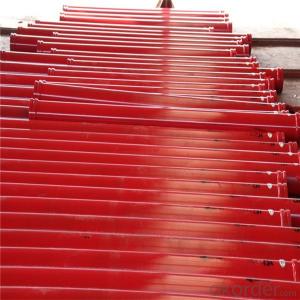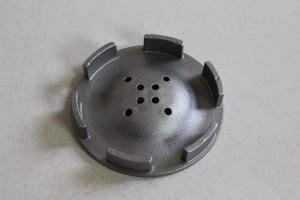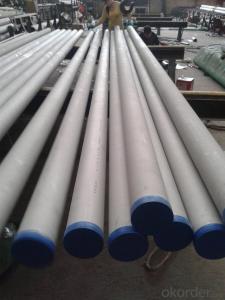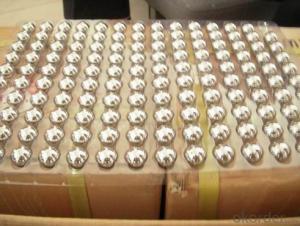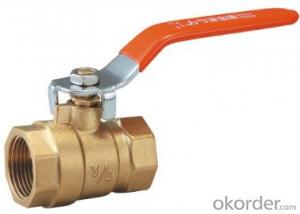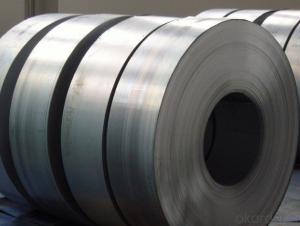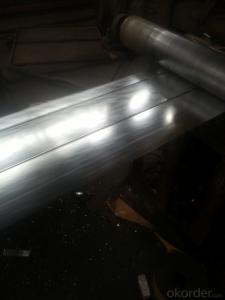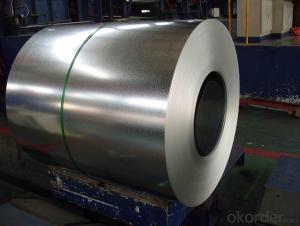Hardened Stainless Steel
Hardened Stainless Steel Related Searches
Best Paint For Stainless Steel Blanket Insulation For Steel Buildings Primer For Galvanized Steel Foam Filter For Stainless Steel H S Code For Stainless Steel Surface Grinding Wheels For Stainless Steel Surface Grinding Wheels For Hardened Steel Hole Saw For Stainless Steel Paint For Stainless Steel Stainless Steel For BbqHot Searches
Steel Mesh Panels For Sale Price For Stainless Steel Scrap Scrap Price For Stainless Steel Price For Stainless Steel Stainless Steel Tank For Sale Stainless Steel Sheets For Sale Cheap High Tea Sets For Sale Stainless Steel Tanks For Sale Stainless Steel For Sale High Density Fiberboard For Sale Solar Hot Water Collectors For Sale Scaffolding For Sale In Uae Scaffolding For Sale In Ireland Scaffolding For Sale In Houston Type Of Inverter For Solar Price Of Shipping Containers For Sale Types Of Inverter For Solar Stock Price For Aluminum Used Solar Inverter For Sale Steel Mesh Panels For SaleHardened Stainless Steel Supplier & Manufacturer from China
Okorder.com is a professional Hardened Stainless Steel supplier & manufacturer, offers integrated one-stop services including real-time quoting and online cargo tracking. We are funded by CNBM Group, a Fortune 500 enterprise and the largest Hardened Stainless Steel firm in China.Hot Products
FAQ
- The main factors affecting the corrosion resistance of steel strips in different environments include the composition of the steel, the presence of corrosive agents in the environment, the temperature and humidity levels, and the presence of protective coatings or treatments on the steel surface. Additionally, the exposure time and mechanical stresses on the steel can also impact its corrosion resistance.
- Steel strips are commonly used in the food processing industry for a variety of purposes such as conveyor belts, food packaging, and machinery components. They provide strength, durability, and resistance to high temperatures, making them ideal for handling and processing food products safely and efficiently.
- The surface finish of steel strips can be influenced by various factors. These factors encompass: 1. The chemical composition of the steel strip can play a significant role in determining its surface finish. Elements like carbon, silicon, and sulfur can impact the appearance and texture of the surface. 2. Prior to applying any finishing processes, it is crucial to properly prepare the surface of the steel strip. Factors such as cleaning, degreasing, and descaling can affect the overall finish of the strip. 3. The surface finish of the steel strip can be affected by the rolling process used during its manufacturing. Rolling temperature, speed, and pressure are among the factors that can influence the appearance and texture of the surface. 4. Lubricants are often utilized during the rolling process to decrease friction and prevent surface defects. The type and quantity of lubrication can impact the surface finish of the steel strip. 5. The microstructure of the steel strip can be altered through the annealing process, which in turn can affect its surface finish. Annealing temperature and time are factors that can influence the appearance and texture of the surface. 6. If the steel strip is coated or plated with another material, the quality and application of the coating or plating can influence the final surface finish. Factors like thickness, adhesion, and uniformity of the coating can impact the appearance and texture of the surface. 7. Improper handling or storage of the steel strip can result in surface damage or contamination. Scratches, dents, or exposure to corrosive substances are factors that can affect the overall surface finish. In conclusion, achieving the desired appearance and quality of steel strips requires careful consideration and control of a combination of these factors by manufacturers.
- Steel strips and aluminum strips have several differences in terms of their properties and applications. Steel strips are generally stronger and more durable than aluminum strips, making them suitable for heavy-duty applications where strength is crucial. Additionally, steel strips have better resistance to corrosion and can withstand higher temperatures compared to aluminum strips. On the other hand, aluminum strips are lighter in weight and have excellent conductivity, making them ideal for applications that require lightweight and good electrical conductivity, such as in the construction of electronics or aircraft. Ultimately, the choice between steel strips and aluminum strips depends on the specific requirements of the project or application.
- There are several different types of corrosion protection methods for steel strips, including galvanization, painting, powder coating, and the use of corrosion inhibitors. Galvanization involves coating the steel strips with a layer of zinc, which provides a sacrificial barrier, protecting the underlying steel from corrosion. Painting and powder coating involve applying a protective layer of paint or powder on the steel, which acts as a barrier against moisture and corrosive elements. Corrosion inhibitors are chemical compounds that can be applied to the steel strip's surface to prevent corrosion by forming a protective layer.
- Steel strips can be processed for UV resistance through various methods. One common method is the application of a UV-resistant coating or paint. This coating acts as a protective barrier, preventing the harmful UV rays from penetrating the steel surface and causing damage. The coating is typically applied through a process called hot-dip galvanizing, where the steel is dipped into a bath of molten zinc. This not only provides UV resistance but also enhances the overall corrosion resistance of the steel. Another method is the use of UV stabilizers or additives during the manufacturing process of the steel strips. These additives are mixed with the raw materials used to produce the steel, which makes the final product more resistant to UV radiation. These additives work by absorbing or reflecting the UV rays, preventing them from degrading the steel. This method is particularly effective for steel strips that will be exposed to prolonged periods of direct sunlight. Additionally, the steel strips can be treated with a clear protective film that offers UV resistance. This film is applied to the surface of the steel and acts as a shield, blocking the UV rays from reaching the steel and causing any damage. This method is often used for steel strips that require a high level of UV protection, such as those used in outdoor applications or in the construction industry. Overall, the process of making steel strips UV resistant involves the application of specialized coatings, the addition of UV stabilizers, or the use of protective films. These methods help to enhance the longevity and durability of the steel strips, ensuring they can withstand exposure to UV radiation without significant degradation.
- The main factors affecting the dimensional stability of steel strips include temperature variations, mechanical stress, and manufacturing processes. Temperature changes can cause expansion or contraction of the steel, leading to dimensional changes. Mechanical stress, such as tension or compression, can also distort the steel strips. Additionally, the manufacturing processes, such as rolling or annealing, can introduce internal stresses that affect the dimensional stability.

















